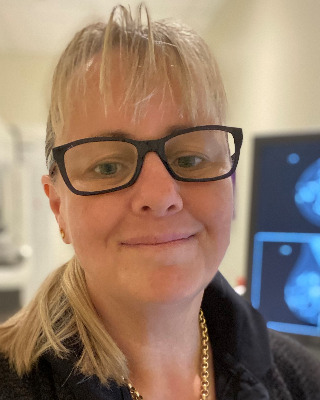Now published, see the full article 
Early Abstract:
Introduction: The aim of this research was to explore factors influencing students at the University of Papua New Guinea (UPNG) Bachelor in Medical Imaging Science (BMIS) choice to pursue rural radiography careers.
Methods: A survey and focus group of BMIS students at the UPNG was undertaken. The survey included questions on socio-demographic factors including gender, age, education, rural background, previous employment, and Likert-type scale questions exploring motivation for rural practice, the promotion of radiography through rural practice and the influence of birthplace and incentives to practice. A focus group comprising a convenience sample of six students each from the second, third and fourth year of study explored the promotion of rural radiography, community-based training internships, the benefits of rural practice and the influence of undergraduate training on future rural practice.
Results: There were 54 responses (94.7%) to the survey with strong interest (88.9%) in rural radiography practice; 96.3% (n=52) agreeing that undergraduate rural training would also act as a motivator. Rural training was a stronger incentive for females than males (p=0.02). Not being trained in conventional non-digital, film screen imaging at UPNG was a strong barrier to rural practice; whilst being able to give back to the community, increased professional responsibility, cheaper living, job satisfaction and cultural exchange were all viewed as positive aspects of rural practice. Most students reported a benefit to rural practice, whilst acknowledging a lack of contemporary imaging equipment in rural facilities.
Conclusions: The study demonstrated that UPNG BMIS students would contemplate careers in rural practice and provides evidence to support dedicated undergraduate rural radiography placement. It also highlights the dichotomy in urban and rural services that suggests the need for greater emphasis on conventional non-digital film screen radiography in the undergraduate program to best support graduates to work and importantly work effectively in rural communities. As most students were from rural areas these results must be tempered with the fact that students may simply be wanting to return home rather than reporting explicit rural intent. A more comprehensive study of the medical imaging profession in PNG should be undertaken to validate this study.


